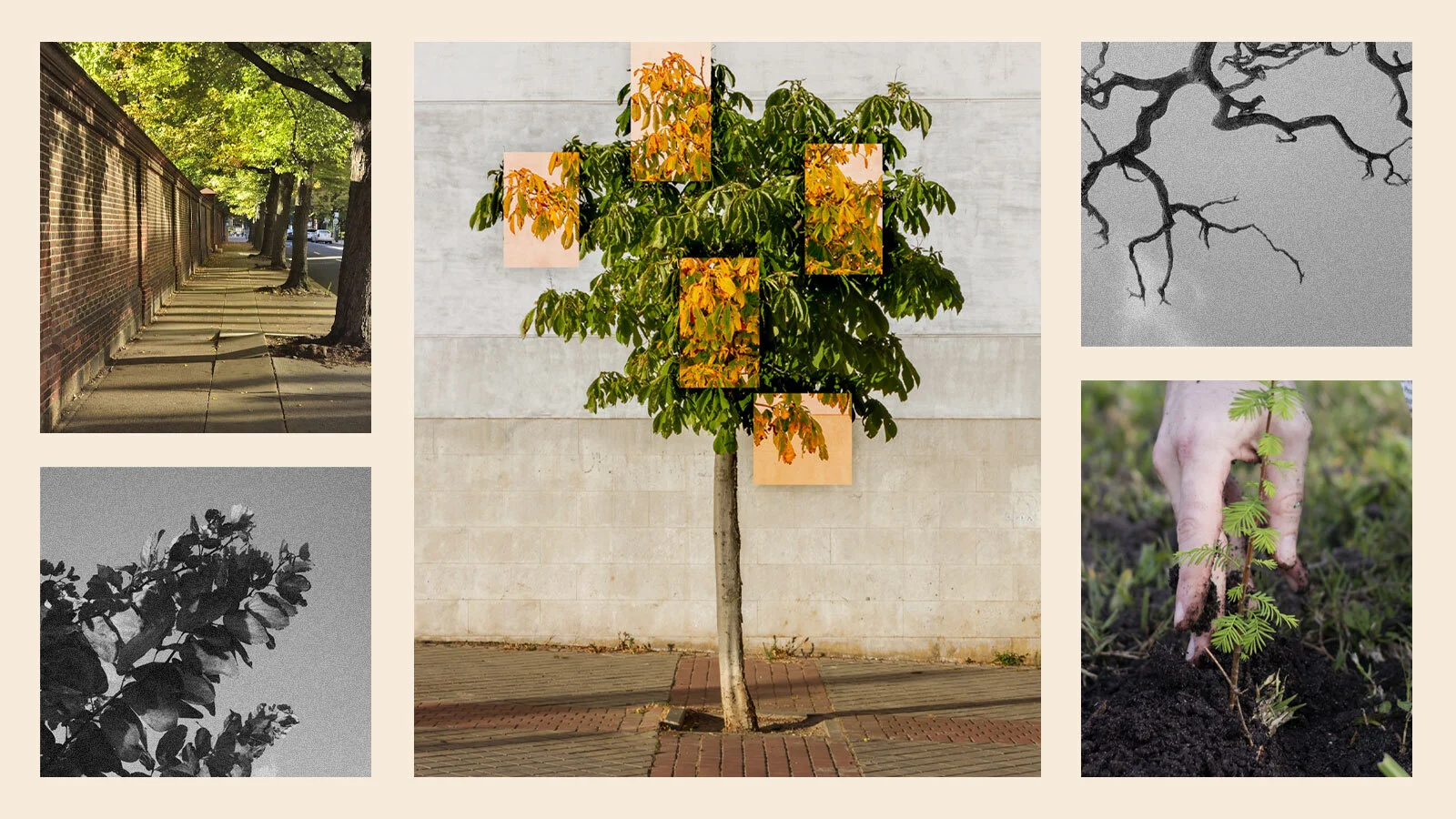Urban tree experts don’t expect introduced species to cause major disruptions to native wildlife.
Sigh.
deleted by creator
Look.
Human beings deliberately introducing species to foreign environments has been a long history of ecological disaster.
Ecosystems are so immeasurably complex that no one can guarantee what introducing a non-native species will do. Look at the Bradford pear, which was supposed to be a sterile hybrid.
And finally, the whole point of this program is to introduce species that are better adapted to surviving climate change than native species. Do you know what we call species that come into an area and survive and thrive better than the native species? Invasives. This project is literally creating invasive species - replacing native species with species that will supposedly survive better, on the argument that the native species will die out anyway with climate change so we may as well remake the ecosystem and see what happens.
Blind, stupid, arrogance. I’m embarrassed for humanity.
The swarm of Bradford pear trees, wisterias, English ivies, porcelain berry, barberry, and autumn olive trees (and many others) choking my surroundings don’t give me happy feelings about this.
Typically with climate change (like ice ages, etc, not anthropogenic), plants migrate to stay in their ecological niche. With temperature/precipitation being the major factors, plants tend to migrate up in latitude and altitude as climates warm. That’s why you end up with “sky islands” where a mountain might have a species not seen for a large distance further north at lower latitudes. Anthropogenic climate is probably too fast for most trees to migrate, but I think we should do our best to source trees that are along the migration path for a given area. The author’s manzanita is actually a great example.
It is, and it lives in a very different fire regime from what is typical of the pacific northwest. It might be attractive, and fantastically drought-tolerant…but I wouldn’t want a neighborhood planted like chaparral. That’s a plant community that burns. Fast.



